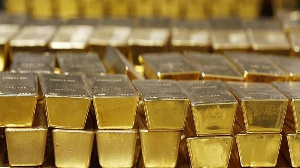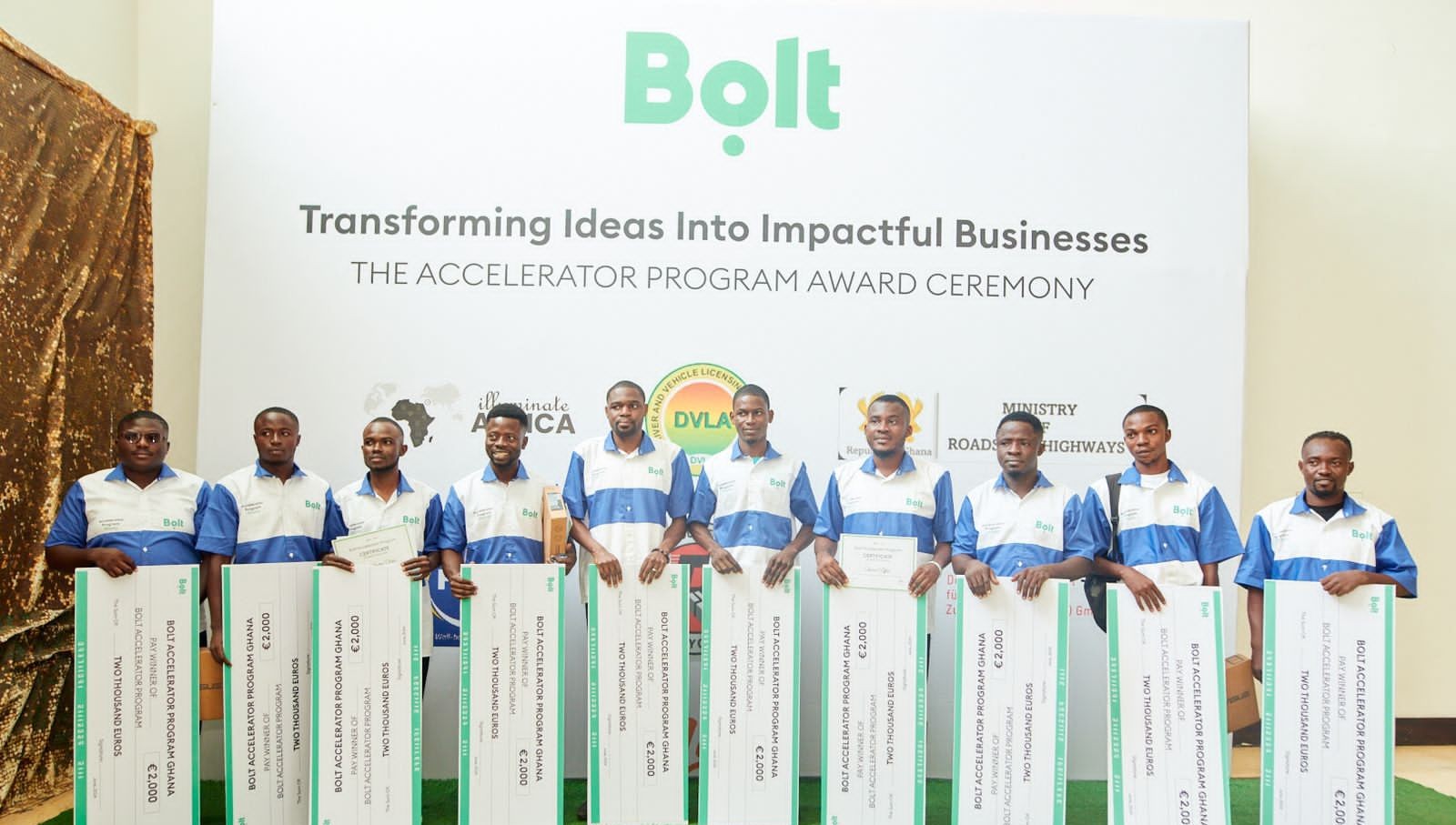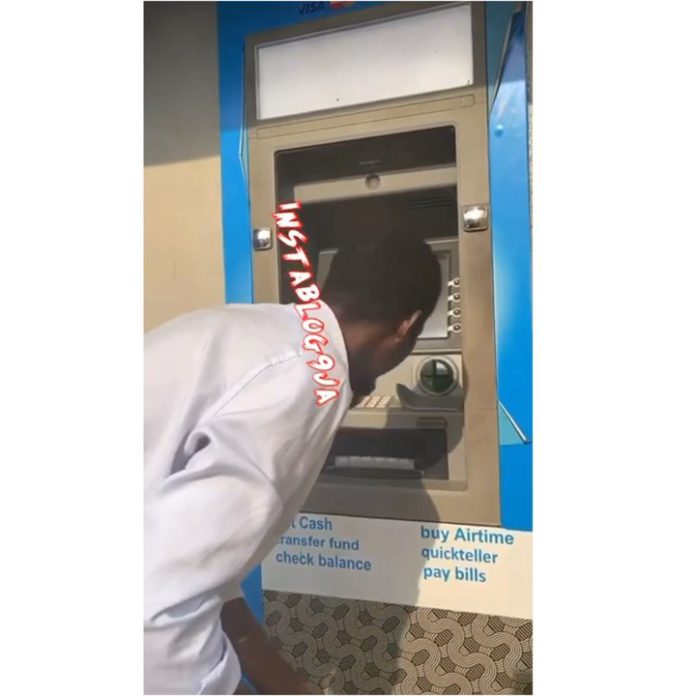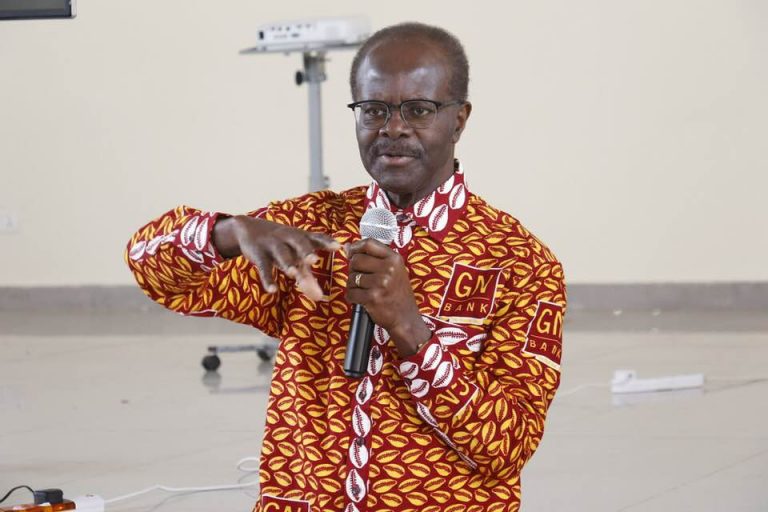Proposed new gold mine to reverse production slump

After several years of lull with regards to new gold mines, Ghana is finally about to get one, as Canadian junior, Newcore Gold has announced a preliminary economic assessment (PEA) for its Enchi gold project. It outlines plans for an open pit and heap leach operation processing 6.6 million tonnes a year with strong economics.
The announcement is coming as a relief for a country that just discovered a few days ago that in 2020 it suffered its biggest drop in gold production for nearly two decades despite gold prices surging to record highs last year – approaching US$2,000 an ounce – on the back of investors move towards a safe haven during the economic uncertainties instigated by COVID-19. Ironically the announcement to move ahead with the construction of the new gold mine has come as gold prices have retreated to around US$1,700 an ounce.
The Enchi mine would produce 104 171 ounces a year of gold in years two to five and 983, 296 ounces recovered over the 11-year mine life. This will contribute significantly to bridging the production decline which occurred last year. Ghana’s gold production dropped 12.1 per cent to 4.02 million ounces in 2020 compared with 4.57 million ounces in 2019, representing the biggest fall in 16 years, the Ghana Chamber of Mines revealed on Friday, June 4, 2021.
Initial capital costs for the planned new mine are estimated at US$97-million with a payback of about two years after the first gold pour.
The PEA calculates an after-tax net present value, at a 5 percent discount, of US$212-million and an internal rate of return of 42 percent at a gold price of US$1 650 per ounce.
The PEA also reflects an updated, pit constrained, inferred mineral resource of 70.4-million tonnes grading 0.62 g/t containing 1.4-million ounces gold.
“We believe that the project and economics have a tremendous amount of upside from resource expansion both from shallow, near-surface oxide mineralisation, but also from the higher-grade structures that we are starting to define at depth” enthuses Luke Alexander, Newcore’s President and CEO. “This PEA only includes 20,195 metre of drilling from our ongoing 66,000-metre drill programme, and only incorporates the shallow, open pit oxide material defined to date, with the first deeper drilling on the project underway to define the potential for resource growth at depth.
“We are excited to continue to define the district-scale, multimillion-ounce potential at Enchi and build off the underpinning of value that the updated PEA highlights.”
Indeed, the upside potential is highly encouraging since it suggests that the mine could actually do significantly better than the projections made in the PEA.”
Newcore’s enthusiasm derives in part from the success of the Chirano Mine, owned by Kincross Gold, which is located 50 kilometres to the north of the Enchi project. Chirano produced 165,000 ounces of gold in 2020 and 200,000 ounces in 2019. Enchi is situated on the same regional structure as Chirano with comparable geology, alteration and mineralization.
The multi-million-ounce Chirano Gold Mine hosts plunging zones of high-grade gold mineralization which are similar to those found at Enchi, including known zones Sewum, Boin, Nyam and Kwakyekrom. Like Chirano, the zones at Enchi have broad lower grade gold at the surface with higher-grade core structure extending to depth.
Drilling completed at Enchi has averaged a depth of 130 metres to date, with a maximum vertical depth of 250 metres. Most resources and reserves of mines on the Bibiani Trend lie below 200 metres.
Several high-priority gold targets have been identified to expand the already substantial, near-surface oxide resource with multi-million-ounce opportunities.
“Considering the positive results of the latest resource update, the shallow drilling completed to date and number of untested anomalies, there is excellent potential to expand the current resource” enthuses, Gregg Smith, Vice President for Exploration.
Indeed, the updated Inferred Mineral Resoure Estimate, announced in conjunction with the updated Preliminary Economic Assessment Study on June 8, 2021 which has effectively conformed that the Enchi project will indeed culminate in a mine only incorporated 20,195 metres of drilling completed as part of the 2020 – 2021 drill program, with an additional 46,000 metres of drilling yet to be included.
A 66,000 metre discovery and resource expansion drilling program is continuing at Enchi. The program includes both RC and diamond drilling and includes the first deep drilling planned on the project. This drill program includes testing extensions of the existing resource areas while also testing a number of high priority exploration targets outside of the Inferred Mineral Resource. Drilling is focused on step out extensions and exploration drilling at the Sewum, Boin, Nyam and Kwakyekrom Deposits.
Additional drilling is planned at previously drilled zones that are outside of the resource area (Kojina Hill and Eradi), along with first pass drilling to test a series of kilometre-scale gold-in-soil anomalous zones with no prior drilling (Nkwanta, Sewum South and other anomalies). All zones represent high priority targets based on geological, geochemical and geophysical surface work and previous trenching and drilling.
Newcore Gold initially announced plans to conduct 8,000 metres of drilling to expand the current resource, with a significant increase announced in early November 2020 to expand the drill program by 50,000 metres.
The program was later increased in April 2021 to 66,000 metres on the back of strong drill results, with the addition of 8,000 metres of RC drilling. Both discovery and resource expansion drilling is still underway.
The expanded drill program for 2020 – 2021 will include both RC and diamond drilling and will include the first deep drilling planned on the project. RC drilling will be focused on near-surface oxide gold targets while diamond drilling will focus on targets at depth.
Apart from the positive technical results Newcore is getting from its exploration activities, the company is attracted to the country itself as a preferred investment destination.
“Ghana is a modern mining powerhouse, number one for gold in Africa, with a democratic government that wants mining to grow and thrive and keep putting millions into its tax base. We’re in the right place at the right time” says Gregg Smith.
In an official document on the Enchi project, Newcore lists Ghana’s main attractions as a mining investment destination:
Ghana is Africa’s largest gold producer, 7th largest worldwide and more ounces per km than Nevada1.
Ghana produced ~5 million ounces of gold in 2019, surpassing South Africa’s 2019 production of ~4.2-million ounces1. Ghana produces more gold per square kilometer than Nevada and holds more estimated reserves than key gold-producing countries like Peru and Papua New Guinea.
Southern Ghana has been considered one of the world’s most prolific regions for gold discoveries for some time, with both gold producers (including Gold Fields and AngloGold Ashanti) and explorers enjoying success there including Shandong Gold’s takeover offer for Cardinal Resources in 2020.
Ghana’s stable, the democratic government supports mining
Ghana’s political stability is underpinned by strong democratic credentials. The mining industry accounts for over 50% of foreign direct investment and is the largest tax-paying sector in the country.
Mining and gold are essential to Ghana’s economy and tax base
Gold contributes over 90% of Ghana’s total mineral exports3 and makes up 49% of the country’s total export value.
Ghana features the Prolific Bibiani Gold Belt
Ghana’s prolific Bibiani Shear zone, location of Newcore’s Enchi Gold Project, hosts several multi-million-ounce gold deposits. Mines are operated by some of the world’s largest gold companies including Newmont and Kinross.
Ghana offers modern infrastructure and skilled mining labour
Ghana has an advanced infrastructure platform compared with most African countries, including water, electricity and mobile networks as well as a good network of roads and highways. The country’s long history of mining has provided a skilled and well-educated mining workforce.
English is the primary language
An English-speaking populace makes business relatively easy to conduct.
Instructively, Newcore Gold’s very existence revolves around the Enchi project for now. Newcore Gold transitioned from Pinecrest Resources in August of 2020. “The new name reflects a turning point and a renewed commitment to realizing the value of the Enchi Gold Project” asserts Luke Alexander. “We also believe the Enchi Gold Project will be the foundation for new and bigger opportunities to come.
“The name Newcore is also a nod to Newmarket Gold ($1 billion takeover by Kirkland Lake Gold in 2016), one of the key success stories by this board and management team. The Newcore group, now strengthened and energized with fresh, new talent, has generated a string of major successes and shareholder exits over the past decade.”
Ultimately though, it is the bright outlook for the price of gold that is encouraging Newcore to make the large investment required to put up a mine to exploit the resources being uncovered at Enchi. Even though the price has retreated somewhat from the all-time high it reached last year, of nearly US$ 2,000 per ounce, it is still hovering well above the US$1,650 per ounce used for Newcore’s updated PEA which suggests strong economic returns from the planned investment.
For now, gold miners in Ghana such as Gold Fields, Newmont, Kinross and AngloGold Ashanti are well placed to benefit from a bullish consensus on the future price of the yellow metal.
Gold remains cheap compared with global equities, copper or the S&P 500, according to research from Deutsche Bank in September last year. Continued central bank easing and persistent geopolitical risks all point to continued strength, the bank says.
Deutsche Bank identifies powerful long-term factors that are likely to support the gold price even after the economic threat of COVID 19 recedes into insignificance.
The impending new gold mine at Enchi indicates that the surge in the gold price may enable Ghana to ride over challenges within its regulatory framework which has diminished its international competitiveness. Last year though provided a strong warning to Ghana.
Ghana’s gold production dropped 12.1 per cent to 4.02 million ounces in 2020 compared with 4.57 million ounces in 2019, representing the biggest fall in 16 years, the Ghana Chamber of Mines said on Friday, June 4, 2021.
According to the President of the Ghana Chamber of Mines, Mr Eric Asubonteng, the decline in production in 2020 was the country’s biggest since 2004.
“The performance of Ghana’s minerals sector was muted in 2020 compared to the preceding year,” he said in a speech at the 93rd Annual General Meeting held virtually on the theme: “Positioning Ghana as a Mining Support Services Hub.”
This is worrying considering that the COVID 19 pandemic triggered a price surge for gold on global markets to the highest ever levels, nearly reaching US$2,000 per ounce.
Ghana, however, retained its position as Africa’s top gold producer despite the impact of the coronavirus pandemic. But the outcome suggests that Ghana’s competitiveness as a gold mining investment destination may have ebbed somewhat as government prepares to pass a new mining law that significantly tightens the fiscal regime it operates under. The impending new law closes several loopholes exploited by international gold mining firms operating in Ghana, who are apparently sulking as result. But the new law also introduces controversial things such as compulsorily increases corporate social responsibility obligations.
Gold production by Ghana’s large-scale mines fell 4.8 percent to 2.8 million ounces in 2020, while small-scale gold production fell 26 percent to 1.18 million ounces on supply chain disruptions.
The mining sector’s contribution to GDP fell to 7.5 percent in 2020 from 8.6 percent in 2019, although the sector remained the biggest contributor to Ghana’s tax revenues and export earnings.
The volume of manganese produced by Ghana’s sole producer, Ghana Manganese Company, declined from 5.383 million tonnes in 2019 to 2.358 million tonnes in 2020.
The 56.2 percent drop in production was primarily due to the government’s directive to stop the company’s operation, resulting in the suspension of manganese production in the first quarter of 2020.
For diamonds, purchases in 2020 reduced by 25.1 percent to 25,292 carats from 33,789 carats in 2019 due to the suspension of production by the only large-scale producer, Great Consolidated Diamond Company.
The Ghana Bauxite Company recorded a 4.1 percent improvement in its output, expanding shipment of bauxite from 1.116 million tonnes in 2019 to 1.162 million tonnes in 2020 due to an improvement in its operational activities.
The mining and quarries sector remained the leading source of direct domestic revenue, contributing 4.17 billion Ghanaian cedis due to an increase in mineral royalty receipts, which partially made up for the reduction in the other sources of revenue from the sector.
The significant appreciation in the price of gold during the year under review increased mineral royalty revenue by 38.20 percent from GH¢1.007 billion in 2019 to GH¢1.391 billion in 2020. Corporate income tax however declined from GH¢2.269 billion in 2019 to GH¢2.139 billion in 2020.
On outlook, Mr Asubonteng said the gold output of producing member companies for 2021 is expected to fall further, forecasted to range between 3.0 million and 3.3 million ounces.
This means production from new sources – expansion of existing mines and new ones altogether – will be crucial if Ghana is not to suffer a significant fall in export revenues, even as the country’s sustained merchandise trade surplus, enjoyed since late 2016, has been narrowed over the past year by the disruption of global supply chains and the drop in international demand for commodities, both of which have resulted from the eruption of COVID-19.
Indeed, even as Ghana basks in its recently attained status as Africa’s biggest gold producer, having overtaken South Africa, it may be too soon for country to pat itself on the back.
Ghana’s gold output of 4.8 million ounces in 2018 surpassed South Africa’s 4.2 million ounce total for the first time. But beating South Africa, where mining is plagued by industrial militancy and the deepest mines in the world, was always likely to happen sooner or later.
Academics at the University of the Witwatersrand have argued that gold ore grades in South Africa have been in constant decline over the past 80 years.
Furthermore, Minerals Council South Africa says that 71% of gold mining operations in the country were either marginally profitable or lossmaking in 2018.
But since then, emerging challenges have beleaguered Ghana culminating in the sharp fall in production suffered last year. According to the 2019 Mining in Africa Country Investment Guide (MACIG), Ghana’s high tax burden has stalled exploration projects and deterred new investors, leading to a dearth of greenfield exploration.
The county’s mining code, the report argues, favours bigger companies with deeper pockets, and has tended to encourage brownfield exploration around locations where gold deposits have already been discovered.
Indeed, Dr Sulemanu Koney, chief executive of the Ghana Chamber of Mines, in that MACIG report, called for an increase in greenfield investment in Ghana. Dr Koney also warned that Ghana’s attractiveness as a destination for mining investment is waning in comparison to neighbouring countries. Ghana, he said, needs to raise the visibility of its other mineral resources such as manganese, bauxite, aluminium and iron, rather than continuing to rely heavily on gold. The government, he argued, should remove the VAT on exploration, drilling and laboratory services.
To be sure, government has declared its intention to actively support exploration for and exploitation of solid minerals other than gold, which currently accounts for 95 percent of Ghana’s total mining revenues. But this is a medium to long term task.
In the meantime, Ghana will have to look to new gold mining projects such as Newcore’s planned mine at Enchi, to shore up its solid minerals production slump and consequent dwindling export revenues.
Source: goldstreetbusiness.com






